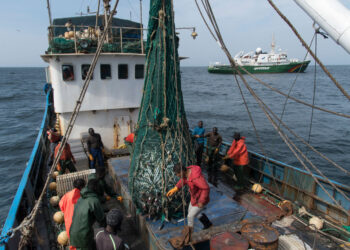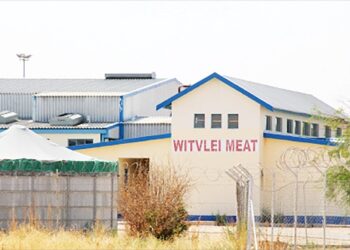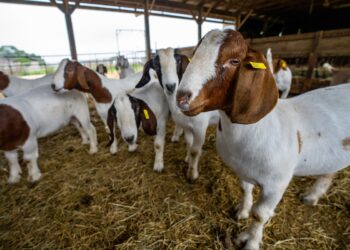
NamPower says although it has not been spared from the on-going loadshedding in South Africa, an electricity source market for Namibia, it has been able to offset the shortfalls to ensure adequate supply for the country.
The power utility has a three-year power purchase agreement with Eskom, which expires in 2025.
“Please take note that during loadshedding in South Africa, Namibia/NamPower is curtailed, as any other Eskom customer, depending on the stage level. When Namibia/NamPower is affected by loadshedding, the required shortfall is supplied through increasing supply from existing local dispatchable plants and sourcing supply from the SAPP market,†NamPower Managing Director Kahenge Haulofu told The Brief.
He said the power utility had turned to the Southern Africa Power Pool (SAPP) to supplement electricity imports from Eskom during loadshedding attributed to planned maintenance and breakdowns.
“As a member of SAPP, NamPower supplements its local generation with supply from the SAPP market to always meet demand. The SAPP market allows members to trade in short-term markets/agreements that are a month, week or day long. These trading arrangements give NamPower and all other members an option in meeting their energy requirements,†he said.
Haulofu said the company has several generation projects at different stages of development to address the country’s reliance on energy imports.
“One of the projects, the 20MW (solar plant) Omburu Power Station, was energised in April 2022 and is supplying into the grid. The project was inaugurated on 24 June. Other than Van Eck, there is also a 20MW diesel plant (Anixas Power Plant at Walvis Bay) that is used as a standby generator,†he said.
NamPower is currently undertaking five power generation projects and 11 transmission projects aimed at reducing its reliance on imported electricity, the majority of which will be funded through NamPower’s substantial cash and liquid assets.
The utility has invested N$1.26 billion towards the construction of the 50MW Anixas II Power Station at Walvis Bay, which is due to be completed in December 2023.
NamPower owns and operates Anixas I and two other power stations, with a combined installed capacity of 459.5MW. These stations are the main sources of local power generation capacity in Namibia.
The power utility has also invested N$50 million in two mobile substations, which it expects to take delivery mid-2022.
The mobile substations will also be used to facilitate an alternative temporary power supply where new installations, maintenance or upgrading must be conducted.
According to Fitch, NamPower’s capital expenditure is set to increase to about N$1.5 billion in FY22 and N$3 billion in FY23 and FY24, from less than N$500 million averaged over the last four years.
Namibia currently imports 60-70% of its electricity requirements, mainly from neighbouring South Africa.
Namibia’s National Development Plan targets to increase the country’s overall generation capacity to 750MW.











